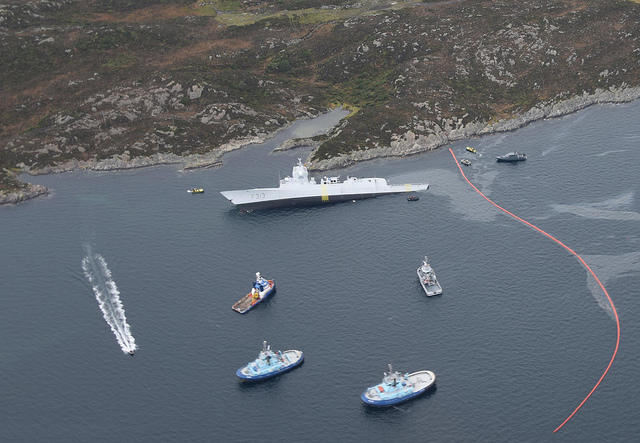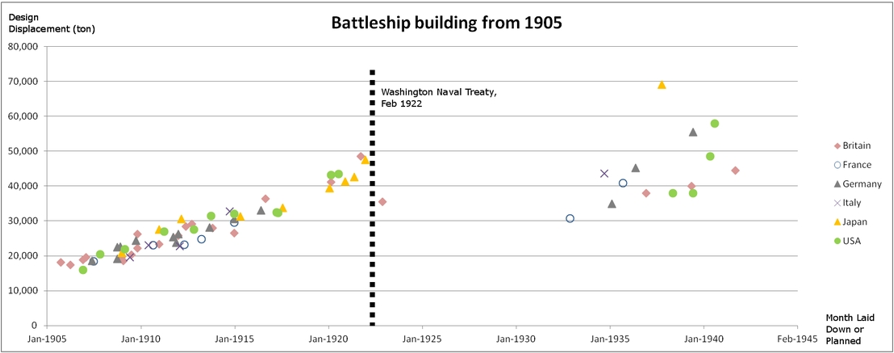People matter—especially when frigate crews are too small

People are getting carried away with the virtues of small warship crews. We need to remember the great vice of having few people to run a ship: they’ll quickly tire.
Yes, the navy is struggling to recruit and retain enough people, so needing fewer on each ship is superficially attractive. The wages bill will be lower, too. But the experience of Royal Australian Navy people, including me, tells us that a ship’s endurance is measured in the size of its crew more than almost any other data point.
Moreover, overloading people with work will only worsen the retention challenge. It almost certainly is doing so already.
In a 28 February article in The Strategist, Eric Lies expounds the virtues of the Mogami-class frigate, a derivative of which is being offered to Australia for its requirement for up to 11 general-purpose frigates. Among its advantages, he says, is that the ‘design needs a smaller crew’.
Even US aircraft carriers, with crews of more than 5,000, are limited by people. Each carrier has only one flight deck crew. When those people need rest, it’s not negotiable. A carrier captain will husband the ship’s flight deck and air crews every bit as carefully as each other.
No amount of automation will change the dependency of ship endurance on crew endurance. Getting the endurance requirement right for a warship is one of the most vital capabilities to set. It’s simple: a navy’s ability lies in its people.
It follows that the small crew of the offered Mogami derivate, probably similar to the 90 in the original design that’s in service with the Japanese navy, would be a major limiting factor for a frigate in Australia’s sea conditions and enormous operating area. We need substantial endurance if our ships are going to be on station where we want to sustain a presence. No presence is no deterrence.
A Mogami with a crew of 90 or so (presumably including an embarked helicopter flight of six aircrew and nine maintainers), will be exhausted after a fortnight on operations, even at low intensity and in good weather.
Trying to solve the navy’s recruitment and retention problems with small crews misses the essential point. If a ship is not designed with enough endurance to deliver the capability requirement sought, especially crew size and all the supporting facilities to sustain that crew, such as food storage, then the demand placed on each person aboard will be excessive.
I have no doubt that shrinking crew sizes has contributed significantly to the Royal Australian Navy’s recent poor retention. My experience tells me that we have been asking more of our people than is reasonable and that they pass judgement in the only way they can.
This matter is critical to the sustainability of naval power. Our history has useful pointers. The 4500-tonne Perth class destroyers built in the 1960s, one of which I commanded, had crews of 330. My Adelaide-class frigate, of much the same size and completed in 1993, had a crew of 220 plus an embarked helicopter. That is, it had a mission the destroyers did not have. My frigate crew became tired much more quickly than my destroyer crew.
In my frigate, everything we did as part of normal business—such as replenishing fuel at sea, launching and recovering the helicopter, firing weapons, myriad mundane domestic tasks, plus simulated fire fighting, plugging up of holes and patching up of people in the event of battle damage—very quickly consumed everyone available. In navy parlance, almost everything was a whole-ship evolution, requiring the entire crew be put to work. No one except the captain had the luxury of having just one job. There was no redundancy.
The smaller Anzac class frigates have essentially the same set of missions as the FFGs, although with less capability overall. As fleet commander, I saw that fatigue in their crews of around 180 was a sharper problem than in earlier ships.
With the same suite of missions as an Anzac but half the crew, the endurance of a Mogami-derivative ship would be even more limited.
The smaller the crew, the more a ship can do things in only sequence because there are just not enough people to do them in parallel. Commanders may not have a choice about that. And, even when they do, the crew will always need rest sooner if the ship, for want of people, has no redundancy.
History shows starkly what has been happening. Australia’s future Hunter-class frigates will reportedly be around 10,000 tonnes, with crews of 180. The heavy cruiser HMAS Australia, which served in World War II, also displaced 10,000 tonnes but her crew was greater than 800. In many respects, Australia was a much simpler ship, equipped for fewer missions, albeit more labour intensive to operate.
Reducing crew numbers is incompatible with increasing the size of ships, the number and complexity of their missions, their technological complexity and the variety of their systems. Our experience already tells us this.








